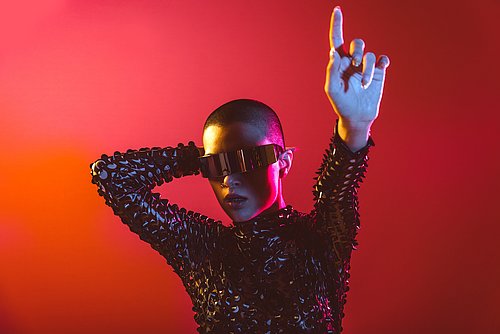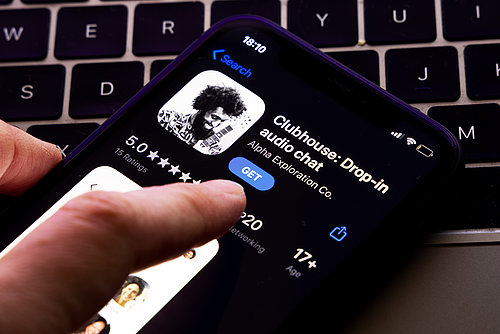
We are Family, Families, Children's marketing, Brands, Social media, Apps
Three Social Media Apps to Watch in 2023

In the past few years the social media landscape has drastically changed: from the meteoric rise of TikTok, to the stagnation of Facebook, to the growth of smaller alternative platforms like BeReal. This week, we’re wondering what comes next, and these are our top 3 contenders:
WeAre8
What is it?
According to its tagline, WeAre8 is “social media with a purpose”. Its unique selling point is as a safer and more ethical social media platform for users. It claims to celebrate the good in life, champion connections with charitable organisations, and have zero tolerance for hate speech. They’re also a registered B-Corp.
From a user experience perspective, WeAre8 is a mashup of other platform’s old features (there’s a dedicated “friends” newsfeed that allows you to see what your nearest and dearest are up to without the algorithms and advertisements) combined with a few novel elements. The big one: users get paid to watch advertisements rather than having them peppered through their existing feeds. You can then pay out your advertising earnings to yourself or donate them to charity.
Who’s on it?
So far, WeAre8 has some serious talent agreements including the likes of sports commentator Clare Balding, former footballer Rio Ferdinand, rugby union player Ugo Monye, and ‘Strictly’ dancer AJ Pritchard. Current advertising partners include Nando’s, Skin + me, Nike, BT, and eBay.
Why do we think it’s one to watch?
WeAre8 founder, Sue Fennessy, has an impressive professional pedigree. She launched her advertising data start up, Standard Media Index (SMI) in 2009, which has since become an industry staple relied on by some of the biggest players in media around the world. Over the last decade, Fennessy became increasingly distressed at the volumes of ad money that were pouring into platforms that spread disinformation and hate. In response, she created WeAre8. From a less experienced entrepreneur the offering might fall short (or be dismissed as techno-utopian fantasy), but given Fennessy’s chops and a successful £1.7million crowdcube campaign, it leads our 2023 watch-list.
Mastodon
What is it?
Mastodon is an open source social media platform. It’s kind of like Twitter, which is why Twitter’s users flocked to it after Elon Musk’s takeover last autumn. But unlike Twitter, Mastodon is not a centralised social media platform with a (sometimes controversial) primary shareholder—it doesn’t have any shareholders for that matter. Mastodon is a “federated” network; it’s made up of thousands of social networks on a platform known as the ‘Fediverse” that is run on servers connected by the common Mastodon technology.
You can either sign up for servers based on your location or topic of interest, or start your own. Most are run by volunteers and they all have their own set of rules on membership and moderation. Verification is free, there are no algorithms or ads, and it supports images and video posts as well text.
Who’s on it?
Star Trek veteran and general good guy George Takei, climate activist Greta Thunberg, and, (maybe he’s checking out the competition) Elon Musk.
Why do we think it’s one to watch?
The first few months of Musk’s Twitter rein can only be described as tumultuous, and the controversies keep coming. By contrast, the decentralised, advertising-free Mastodon feels refreshing and puts users back in the control seat. The only downside? If you’re a Twitter magnate with loads of followers it can be difficult to start again from scratch.
Gas
What is it?
Gas is a social media platform that specifically targets high school students. The idea is that you “gas” up friends by voting for them in polls like “Who should DJ at every party?”. The polls contain the names of four people at the school, which can be shuffled or skipped—giving users more chances to get the people (like friends or crushes) that they want to vote for. Users earn coins for answering the polls, which can then be used to add their name into more polls. While designing social media apps for teens is notoriously tricky—they tend to be breeding grounds for bullying and harassment—Gas has (so far) avoided this by focussing on positivity and compliments.
Who’s on it?
Highschoolers in certain areas of the US and Canada.
Why do we think it’s one to watch?
Gas has regularly ranked in the (U.S.) App Store’s top 10 most downloaded charts over the last few months. At the time of writing, Gas has 1 million daily active users and has generated $5 million in sales in the three months since its launch. It’s recently been acquired by Discord, who might have big plans for this fast-growing app.


